Global Advanced Phase Change Materials (PCM) Market - Comprehensive Data-Driven Market Analysis & Strategic Outlook
The global advanced phase change materials (PCM) market will remain in the spotlight as thermal management and energy efficiency solutions assume greater significance globally. The market initially started modestly during the mid-20th century, driven by material science research and requirements to regulate heat in industrial processes. Initial applications centred on straightforward paraffin-based materials in building insulation and temperature-sensitive packaging. Throughout this period, investment was minimal, and investigation was restricted to laboratories investigating the heat properties of various compounds.
- Global advanced phase change materials (PCM) market worth roughly USD 3545.7 million in 2025, developing at a CAGR of approximately 8.3% from 2032, with the ability to surpass USD 6198.2 million.
- Organic PCM share almost 44.7% market share, influencing innovation and broadening applications through intense research.
- Major trends propelling growth: Rising demand for energy-efficient and sustainable building products, Rising uptake in electronics, automotive, and cold chain uses
- Opportunities are: Creation of next-generation PCMs with improved thermal conductivity and longevity for wider industrial usage
- Major insight: The market is going to grow exponentially in value over the next decade, emphasizing high growth opportunities.
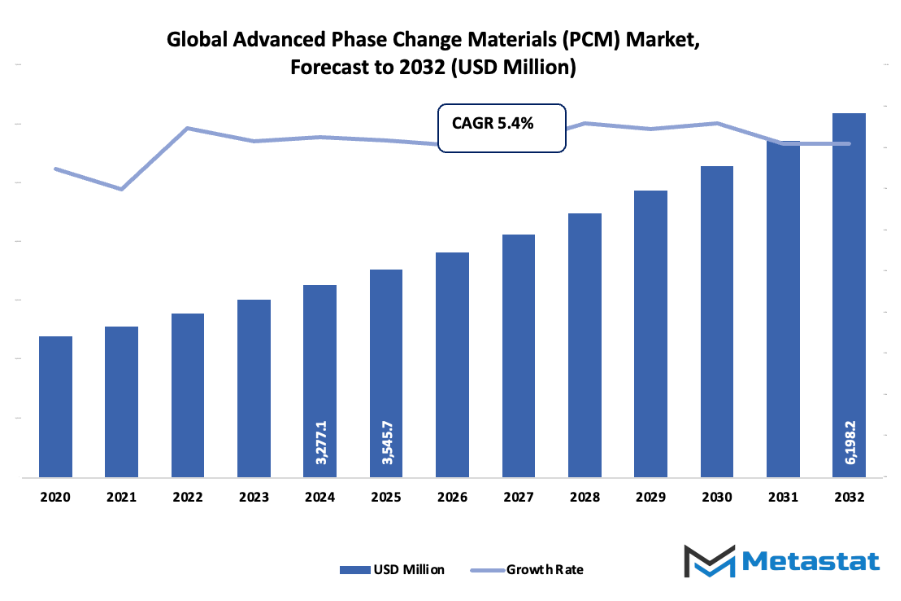
By the 1990s, growth in interest for more advanced PCM solutions picked up. Researchers started experimenting with fatty acids and salt hydrates to increase the range of efficient temperature regulation. The decade also witnessed initial commercial uses outside industrial applications, with PCM-enriched building panels and thermal storage systems being used in pilot projects. These breakthroughs illustrated the capability of the market in providing energy-efficient solutions to heavy industries as well as residential uses.
The 2000s witnessed landmark events as governments and green agencies launched stricter energy regulations and sustainability standards. Buildings and cold-chain logistics were among the first movers, responding to the imperative to minimize energy usage and enhance thermal stability. Meanwhile, technological innovations enabled producers to develop PCM with enhanced thermal conductivity and extended operational lifetimes. The convergence of policy incentives and material advancements placed the market on the path to wider recognition.
Over the past few years, the global advanced phase change materials (PCM) market has experienced changes in customer trends, particularly from sectors looking for environmentally friendly and cost-effective heat management products.
Market demand is anticipated to grow for PCMs that are highly compatible with renewable energy systems like solar and wind storage and use in electric vehicles where temperature control plays a key role. Firms will be inclined to look into hybrid formulations and intelligent PCM systems that dynamically react to ambient conditions. In the future, the industry will keep transforming as developments in material science, combined with growing expectations for sustainability, fuel uptake in varied industries. From its initial stage in laboratories to today's position in industrial, commercial, and consumer sectors, the global advanced phase change materials (PCM) market will grow more and more pivotal in the solution of energy and thermal management issues tomorrow.
Market Segments
The global advanced phase change materials (PCM) market is mainly classified based on Type, Form, Application.
By Type is further segmented into:
- Organic PCM: The global advanced phase change materials (PCM) market for organic PCM is expected to grow as organic PCM materials are extremely effective at storing and releasing thermal energy. Organic PCM materials are stable, safe, and commonly found in many different applications, especially those that involve moderate temperature ranges with consistent performance over several cycles.
- Inorganic PCM: The market will find Inorganic PCM to be of interest because they have high energy storage density and are cost-effective. They can exhibit greater thermal conductivity and quicker energy transfer in applications, thus being useful for industrial applications. They can function with wider ranges of temperatures, which means broader applicability.
- Bio-Based PCM: Bio-based PCM in the global advanced phase change materials (PCM) market will become more significant as green and sustainable energy solutions. They are sourced from renewable resources and have a reduced environmental footprint over traditional solutions. Growing demand for green technology will increase the uptake of bio-based PCM in various industries.
By Form the market is divided into:
- Encapsulated: Encapsulated form in the global advanced phase change materials (PCM) market will be favored for managed thermal management. Encapsulation avoids leakage, enhances stability of the material, and provides easier integration in building materials, packaging, and electronics. This form increases efficiency and guarantees long-term performance during multiple heating and cooling cycles.
- Non-Encapsulated: Non-encapsulated PCM of the global advanced phase change materials (PCM) market will be applied where there is a need for direct contact with adjacent materials for effective energy exchange. They are simple to manufacture and affordable, although they are handled with care to avoid leakage. Non-encapsulated PCM will be used where containment solutions are feasible.
By Application the market is further divided into:
- Building and Construction: In the global advanced phase change materials (PCM) market, building and construction will benefit from PCM use for temperature regulation. These materials improve energy efficiency in structures by reducing heating and cooling demands. Their integration into walls, floors, and ceilings provides steady indoor conditions, supporting sustainable and cost-saving construction solutions.
- Packaging: Packaging applications in the market will focus on temperature-sensitive products. PCM helps maintain stable conditions during transport and storage, extending product life. Food, pharmaceuticals, and other perishable goods will increasingly rely on PCM-based packaging for reliable thermal protection, ensuring product quality over longer periods.
- HVAC: HVAC applications in the market will enhance system efficiency and reduce energy consumption. PCM integration in heating, ventilation, and cooling systems will provide stable indoor temperatures and lower peak loads. These materials contribute to more sustainable operations, reducing operational costs and supporting environmentally friendly building management.
- Textiles: Textiles in the market will utilize PCM to provide temperature regulation in clothing and other fabric-based products. These materials absorb and release heat as needed, improving comfort in extreme conditions. PCM-enhanced textiles will support energy efficiency indirectly by reducing the need for external climate control.
- Electronics: Electronics applications in the market will manage heat in devices and components. PCM will help prevent overheating, improve reliability, and extend device lifespan. The growing demand for compact, high-performance electronics will drive PCM adoption, offering effective thermal solutions for sensitive and high-power electronic systems.
- Others: Other applications in the global advanced phase change materials (PCM) market will include transportation, automotive, and renewable energy sectors. PCM will support thermal energy storage, improve fuel efficiency, and regulate temperatures in various industrial processes. Expanding applications highlight the versatility of PCM and its potential to influence multiple sectors simultaneously.
|
Forecast Period |
2025-2032 |
|
Market Size in 2025 |
$3545.7 Million |
|
Market Size by 2032 |
$6198.2 Million |
|
Growth Rate from 2025 to 2032 |
8.3% |
|
Base Year |
2024 |
|
Regions Covered |
North America, Europe, Asia-Pacific, South America, Middle East & Africa |
By Region:
- Based on geography, the global advanced phase change materials (PCM) market is divided into North America, Europe, Asia-Pacific, South America, and the Middle East & Africa.
- North America is further divided into the U.S., Canada, and Mexico, whereas Europe consists of the UK, Germany, France, Italy, and the Rest of Europe.
- Asia-Pacific is segmented into India, China, Japan, South Korea, and the Rest of Asia-Pacific.
- The South America region includes Brazil, Argentina, and the Rest of South America, while the Middle East & Africa is categorized into GCC Countries, Egypt, South Africa, and the Rest of the Middle East & Africa.
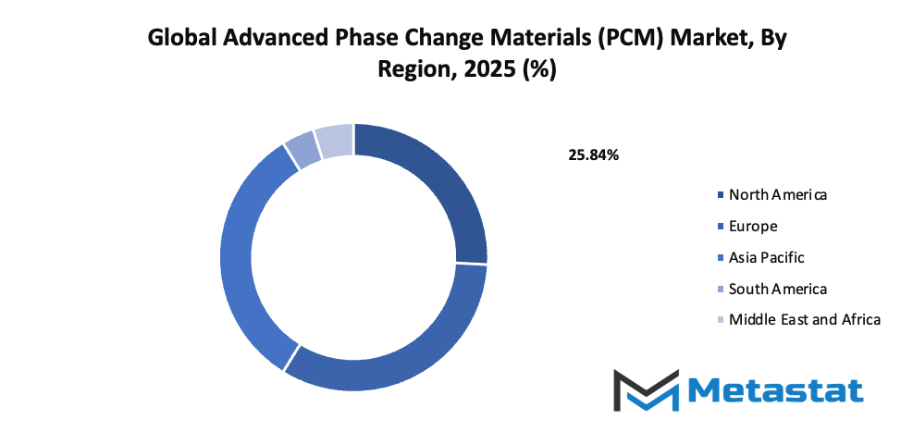
Growth Drivers
- Growing demand for energy-efficient and sustainable building solutions: The global advanced phase change materials (PCM) market will benefit from the rising focus on energy efficiency in construction. Buildings that use these materials will maintain temperature regulation naturally, reducing energy costs. Increased awareness of sustainable solutions will further push the adoption of these materials in new projects.
- Increasing adoption in electronics, automotive, and cold chain applications: The global advanced phase change materials (PCM) market will see growth due to its application in industries requiring precise temperature control. Electronics, automotive components, and cold storage systems will increasingly rely on these materials for improved performance, reliability, and energy savings. Demand is expected to continue rising across these sectors.
Challenges and Opportunities
- High production and material costs: One challenge for the global advanced phase change materials (PCM) market is the high cost associated with production and raw materials. Manufacturers will need to manage expenses while delivering efficient solutions. This factor could slow adoption in price-sensitive industries, but technological improvements may gradually reduce costs.
- Limited thermal conductivity and stability in some PCM types: Another challenge for the global advanced phase change materials (PCM) market is the limited thermal performance of certain materials. Some PCMs will struggle to maintain consistent temperature control over long periods, which could restrict their use in demanding applications. Research will play a key role in addressing these limitations.
Opportunities
- Development of next-generation PCMs with enhanced thermal conductivity and durability for broader industrial adoption: The global advanced phase change materials (PCM) market will gain opportunities from the creation of advanced materials. Improved thermal conductivity and longer-lasting performance will enable wider industrial applications, making these materials more attractive across electronics, automotive, and construction sectors. Innovation will drive adoption further.
Competitive Landscape & Strategic Insights
The global advanced phase change materials (PCM) market is shaped by a dynamic competitive landscape and a need for strategic insights that will define future growth. The industry is made up of both well-established international companies and emerging regional players, creating a highly competitive environment. Leading organizations such as BASF SE, Cryopak, Climator Sweden AB, Croda International Plc, Cryopak Industries Inc., Henkel AG & Co. KGaA, Laird Technologies, Pluss Advanced Technologies, Rubitherm Technologies GmbH, PureTemp LLC, and PCM Products Ltd play significant roles in shaping the market trends. These companies will continue to invest in research and development, improving product performance, and expanding applications to maintain and strengthen their positions.
The competitive landscape is influenced by factors such as technological innovation, pricing strategies, and regional market penetration. International leaders are expected to leverage their extensive distribution networks and advanced manufacturing capabilities to reach new markets and meet rising demand across multiple sectors. Regional competitors will focus on niche applications and cost-effective solutions to challenge the dominance of larger companies. This combination of global reach and regional specialization will drive innovation and increase market competitiveness, creating opportunities for collaboration as well as rivalry.
Strategic insights will become crucial for companies to secure a long-term advantage. Companies that adopt forward-looking strategies, including developing energy-efficient and sustainable products, will be positioned to capitalize on the growing awareness of environmental concerns and regulations. Partnerships, joint ventures, and technology licensing will play an important role in strengthening market presence, enabling faster entry into untapped regions. Additionally, investments in smart manufacturing processes and digital monitoring systems will help companies optimize production efficiency, reduce costs, and respond quickly to changing market demands.
Market size is forecast to rise from USD 3545.7 million in 2025 to over USD 6198.2 million by 2032. Advanced Phase Change Materials (PCM) will maintain dominance but face growing competition from emerging formats.
The future of the Advanced PCM market will be shaped by a combination of innovation, sustainability, and strategic foresight. Companies that can anticipate market needs, offer high-performance solutions, and adapt to evolving trends will have a competitive edge. With increasing adoption in sectors such as healthcare, packaging, electronics, and construction, the market is set to witness significant expansion. The interplay between global leaders and regional players will ensure continuous development, pushing the boundaries of what Advanced Phase Change Materials can achieve and how they will be applied in the years to come.
Report Coverage
This research report categorizes the global advanced phase change materials (PCM) market based on various segments and regions, forecasts revenue growth, and analyzes trends in each submarket. The report analyses the key growth drivers, opportunities, and challenges influencing the market. Recent market developments and competitive strategies such as expansion, type launch, development, partnership, merger, and acquisition have been included to draw the competitive landscape in the market. The report strategically identifies and profiles the key market players and analyses their core competencies in each sub-segment of the global advanced phase change materials (PCM) market.
Advanced Phase Change Materials (PCM) Market Key Segments:
By Type
- Organic PCM
- Inorganic PCM
- Bio-Based PCM
By Form
- Encapsulated
- Non-Encapsulated
By Application
- Building and Construction
- Packaging
- HVAC
- Textiles
- Electronics
- Others
Key Global Advanced Phase Change Materials (PCM) Industry Players
- BASF SE
- Cryopak
- Climator Sweden AB
- Croda International Plc
- Cryopak Industries Inc.
- Henkel AG & Co. KGaA
- Laird Technologies
- Pluss Advanced Technologies
- Rubitherm Technologies GmbH
- PureTemp LLC
- PCM Products Ltd
WHAT REPORT PROVIDES
- Full in-depth analysis of the parent Industry
- Important changes in market and its dynamics
- Segmentation details of the market
- Former, on-going, and projected market analysis in terms of volume and value
- Assessment of niche industry developments
- Market share analysis
- Key strategies of major players
- Emerging segments and regional growth potential



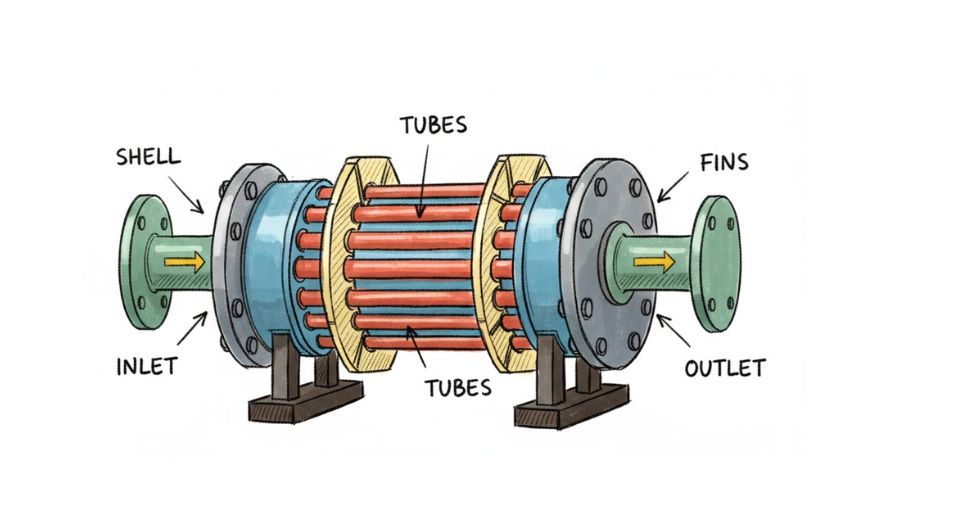
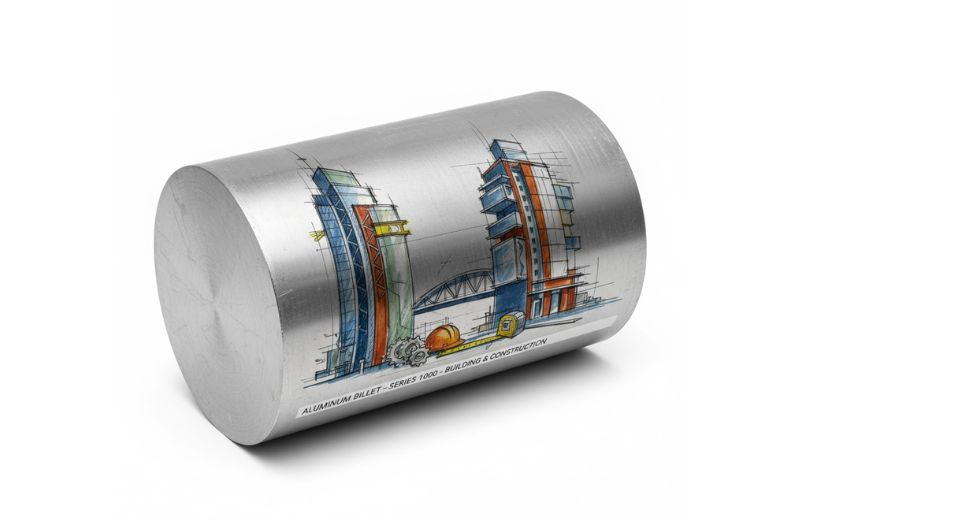
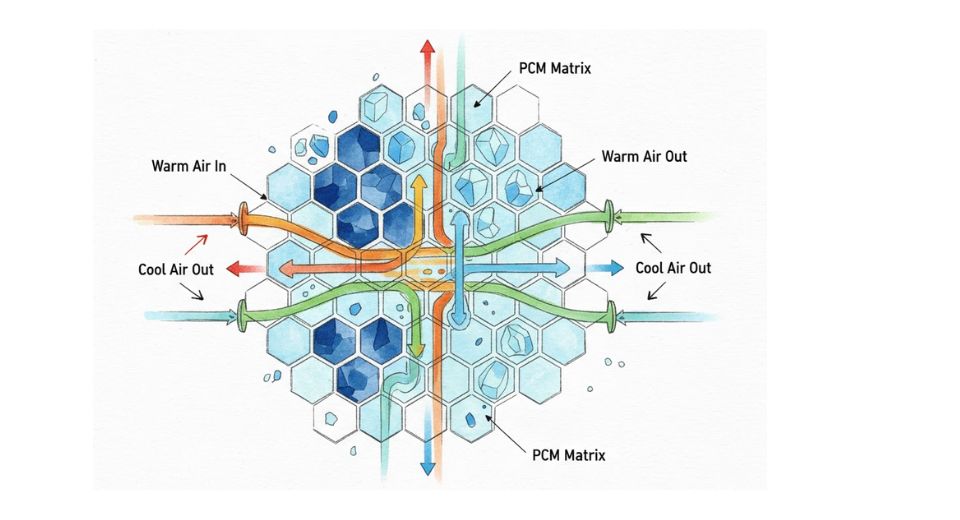

 US: +1 3023308252
US: +1 3023308252






